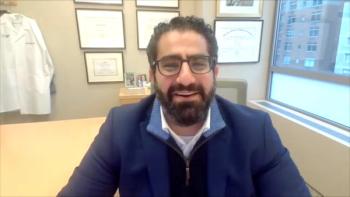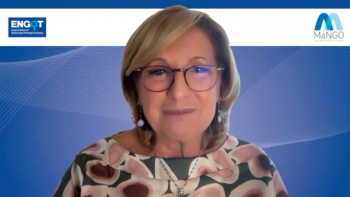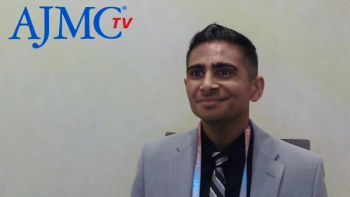
Dr Fatima Cody Stanford Discusses Racial and Ethnic Disparities in Obesity Treatment
Racial or ethnic minorities are less likely to have insurance that covers treatments for obesity, even though they are at higher risk of the disease, explained Fatima Cody Stanford, MD, MPH, MPA, FAAP, FTOS, of Harvard Medical School and Massachusetts General Hospital.
Racial or ethnic minorities are less likely to have insurance that covers treatments for obesity, even though they are at higher risk of the disease, explained Fatima Cody Stanford, MD, MPH, MPA, FAAP, FTOS, of Harvard Medical School and Massachusetts General Hospital.
Transcript (slightly modified)
How do barriers for access to obesity treatments vary depending on race, ethnicity, and socioeconomic status?
When we look at coverage for obesity therapy, it’s important to realize that those who are both employed and insured are going to be the ones who have the best access to care. When we look at racial and ethnic minority populations overall they will be less likely to be employed, which means they’re less likely to be insured, which means they’re less likely to access treatment.
Now, the issue with that is that when we look at racial and ethnic minorities here in the United States, the degrees of obesity experienced by, let’s say, African American populations and Latino populations are much higher. So what happens that we now have patients that are unable to access treatment despite the fact that they are more likely to struggle with the disease process.
Not only are we looking at whether or not they’re employed, they’re often underinsured if they are insured. So let’s say you work at, I won’t name a certain name, but let’s say a big retailer in the United States and you are unable to really get healthcare coverage through that employer, or you are able to get healthcare coverage but it only covers certain, what they consider bare necessities.
Those bare necessities often do not include obesity-based treatment, which are in the form of looking at something like bariatric surgery, or obesity pharmacotherapy meaning weight-loss medications, or even access to a dietician. Often patients are unable to access a dietician unless they already have diabetes, which seems like we’re kind of doing it in the opposite way of what we should be doing it. So we really should be treating them prior to getting their diabetes, not just once they have the diabetes, which we know is a disease process that has a lot of morbidity and mortality associated with it. Let’s catch them before that.
So there has to be this paradigm shift, but also looking at how do we target and/or treat those patients that are most likely to struggle, often racial and ethnic minorities, both in the pediatric and adult population.
Newsletter
Stay ahead of policy, cost, and value—subscribe to AJMC for expert insights at the intersection of clinical care and health economics.















































